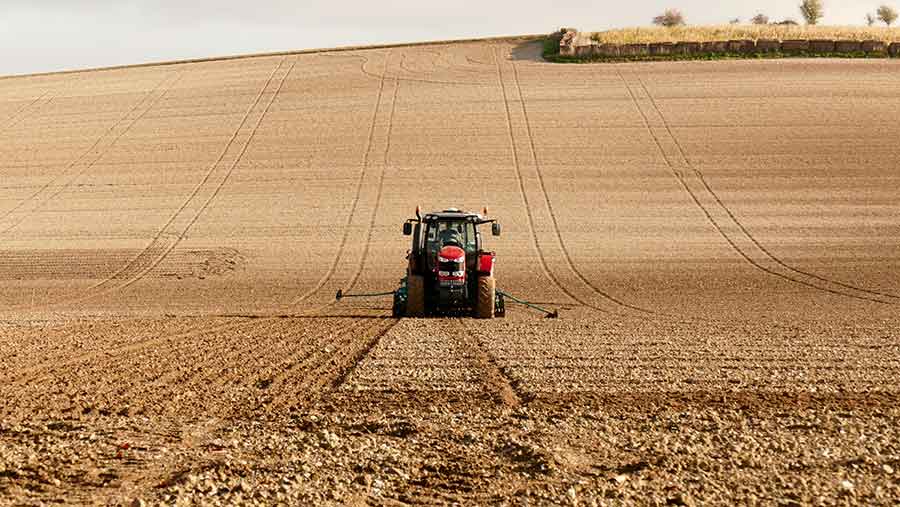Advertiser content
How to tackle BYDV this season
 © Ragt Seeds UK
© Ragt Seeds UK Are you getting ready to drill your crops this season and worried about BYDV exposure? Here are our tips to tackle those pesky aphids this season.
The science
Barley yellow dwarf virus (BYDV) is transmitted via aphids, which vector the virus when they feed on the phloem of the crop leaf. Here it will begin to replicate and assemble new virions within the plant.
BYDV can be spotted by keeping an eye out for yellowing/reddening on the leaves. It causes an array of issues, leading to stunted growth of the crop which ultimately results in reduced yield.
How to prevent BYDV
Our Arable Technical Manager, Andrew Creasy, has shared some tips to prevent issues with this virus.
Tip 1 – Consider the use of cultural control methods
Volunteer cereals and other host species should be controlled to reduce the aphid population multiplying.
Due to headland margins and environmental schemes complicating this, areas under these schemes should be the priority for monitoring.
Tip 2 – Manage your risk
Take into consideration your sowing date, as early sown crops are at a higher risk due to a longer window of exposure to aphid attack.
This is due to longer exposure to warmer weather before winter sets in and the cold temperatures slow down aphid movement.
Insecticide control can be very effective. Well timed use of insecticides is very important. Yellow water pans can be useful, or you can make use of the AHDB aphid monitoring network.
This provides weekly updates of the aphid situation across the country enabling growers to assess the risk in their area.
Insecticides can then be targeted when pressure is high and thus reducing the potential for insecticide resistance.
Tip 3 – Choosing a BYDV-resistant variety
A resistant variety will still be open to attack from an aphid but the genetics within the variety stops the virus from replicating within the plant.
This allows growers to effectively manage the risks of BYDV whilst removing the reliance on insecticides.
Another positive of this means that farmers can claim the SFI IPM 4 payment for non-use of insecticide on these varieties.
In the last 5 years, RAGT have led the way on innovating BYDV-resistant wheats.
If you are in an area of high exposure to virus carrying aphids, then it may be worth your while investing in a Genserus variety such as RGT Goldfinch, RGT Guardsman or RGT Grouse.
Check out our website for all the up-to-date harvest stories from our growers across the country.
Contact us today marketingUK@ragt.fr
Provided by
RAGT breeds, produces, and sells seeds globally. The company has one of the largest species portfolios in the seeds industry: maize, sorghum, cereals, oilseeds, protein crops, forages, cover crops and amenity.
